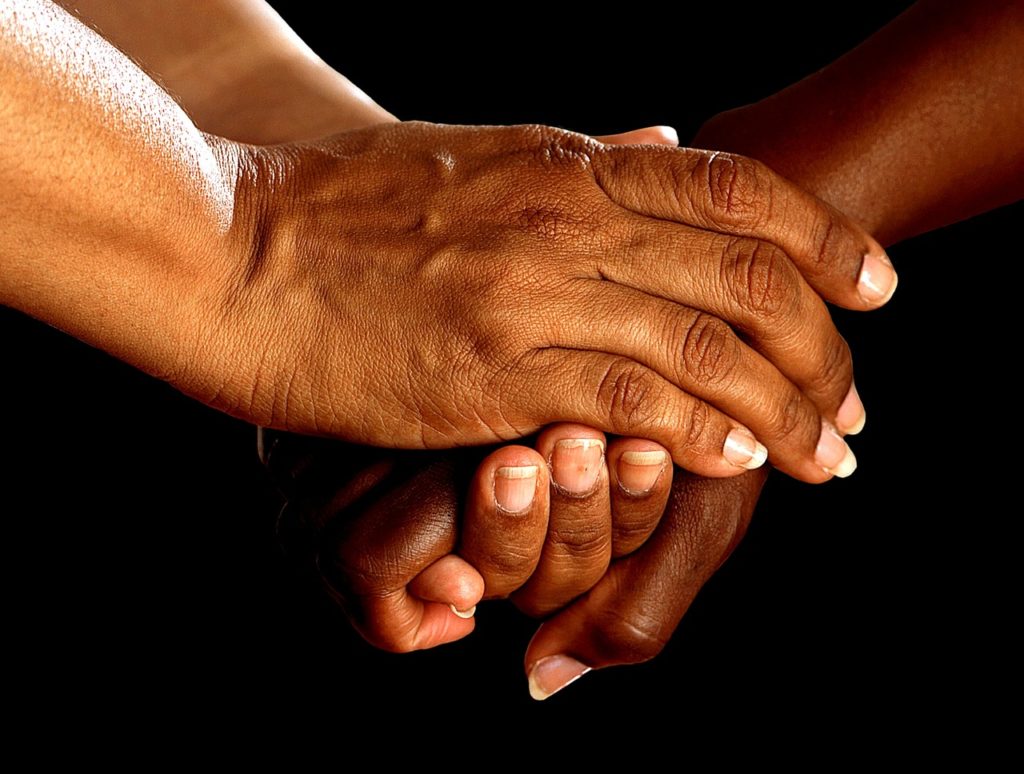
This past year I’ve been listening to audio books. I like listening to audio when I climb up my local mountain. I looked into Audible Books, but at $14.95USD it was too expensive. They did offer a free book if you gave them a try. Being a cheap Dutchman, I went for the grandfather of all books–War and Peace by Leo Tolstoy. That’s 61 hours and 8 minutes of listening for nothing. Audible Books just got pwned! The problem is, I loved this book, seriously–I thought this book was infamous only because it was the longest book. It’s long, but it’s also one of the best books I’ve ever read (listened to). I loved listening to a great reader read it to me. It was very immersive; I hardly felt that I was climbing.
This was such a delight that I thought I would keep my membership for just a few months. Just to knock off some other biggies. Books that I had started, but for one reason or other had not been able to finish: Moby Dick by Herman Melville, Don Quixote by Miguel de Cervantes, Crime and Punishment by Fyodor Dostoyevsky, A Distant Mirror by Barbara Tuchman.
Just one more. I had seen the trailer for the movie, so I decided I’d listen to the book The Martian by Andy Weir before the movie came out.
I had always meant to read A Fine Balance by Rohinton Mistry, but I’d need more than a summer to read it, so I never picked it up. Wow, what a book, and a great performance by John Lee. Lolita by Vladimir Nabokov is in the top ten of almost every list of must read books, so I checked that one off.
I did some listening directly related to my work: Wise Blood by Flannery O’Connor and two collections of her short stories, A Good Man is Hard to Find and Everything that Rises Must Converge. Also, All Quiet on the Western Front by Erich Maria Remarque and A Connecticut Yankee in King Arthur’s Court by Mark Twain.
I have already read Tolkien’s trilogy four times, and the Hobbit at least a dozen times, but the last time was a while back, so I listened to them.
Then I listened to some religious books: The Bible Tells Me So by Peter Enns, The Pilgrims Progress by John Bunyan and Mere Christianity by C. S. Lewis.
Most recently I finished Watership Down by Richard Adams, and I am just finishing Gone With the Wind by Margaret Mitchell.
I purchased a bunch of books on a few very good sales, so i am set for a while. I look forward to another year of listening and hiking.
If you are interested in my recommendations for listening or reading, here is my list in order of awesomeness. I’ve separated Tolkien out because with Tolkien I have no objectivity.
The Hobbit by J. R. R. Tolkien
The Fellowship of the Ring by J. R. R. Tolkien
The Two Towers by J. R. R. Tolkien
The Return of the King by J. R. R. Tolkien
So here’s my list in order:
War and Peace by Leo Tolstoy
A Fine Balance by Rohinton Mistry
Watership Down by Richard Adams
Gone With the Wind by Margaret Mitchell
Crime and Punishment by Fyodor Dostoyevsky
The Martian by Andy Weir
Moby Dick by Herman Melville
Don Quixote by Miguel de Cervantes
Mere Christianity by C. S. Lewis
The Bible Tells Me So by Peter Enns
Everything that Rises Must Converge by Flannery O’Connor
The Pilgrims Progress by John Bunyan
A Distant Mirror by Barbara Tuchman
Lolita by Vladimir Nabokov
Wise Blood by Flannery O’Connor
A Good Man is Hard to Find by Flannery O’Connor
All Quiet on the Western Front by Erich Maria Remarque
A Connecticut Yankee in King Arthur’s Court by Mark Twain









